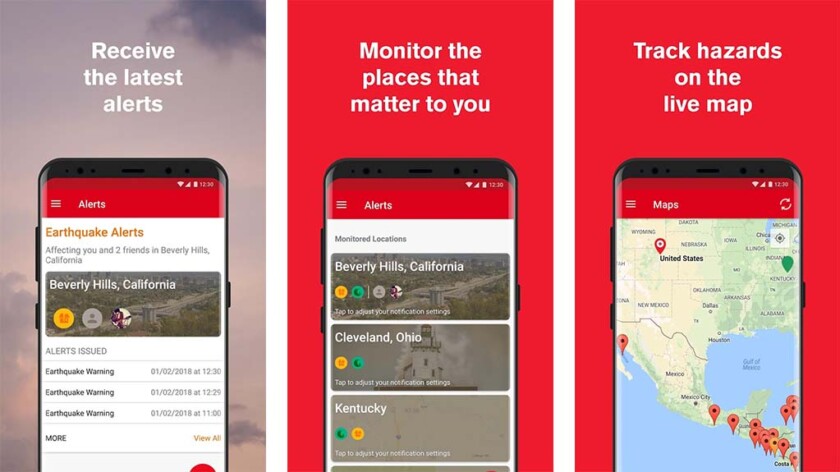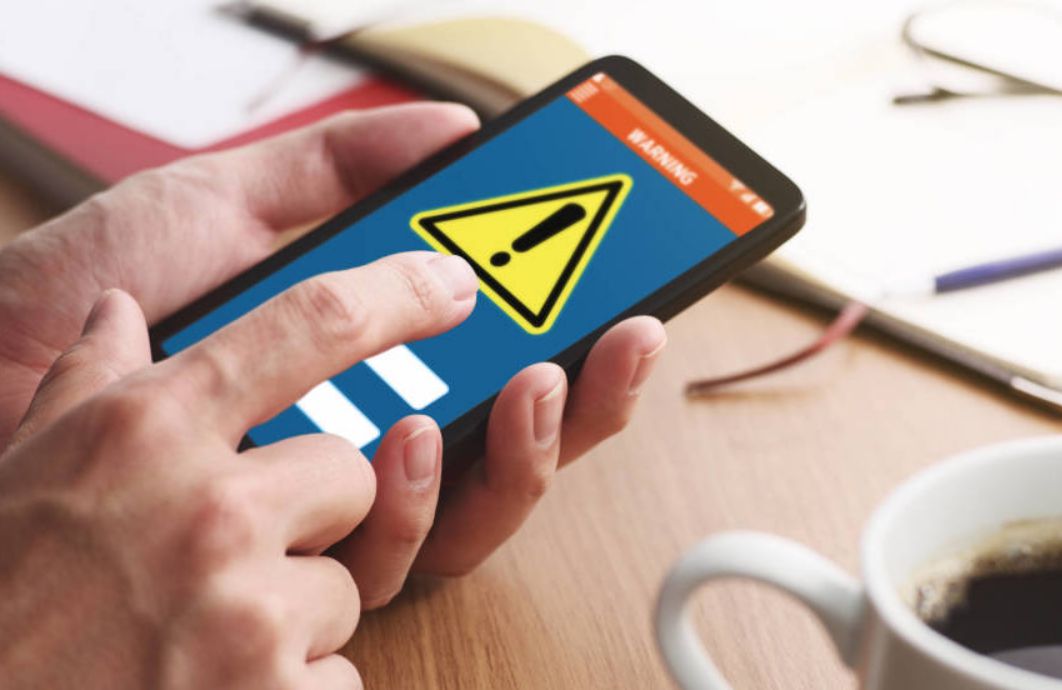During a natural disaster, a few seconds can literally be the difference between life and death. That’s why Google has announced intentions to turn Android devices into mini seismometers that can be used to issue a warning to other devices in the region when shaking has been detected.
Modern smartphones include a wide array of sensors, one of which is an accelerometer to detect motion. It’s this sensor that Google is relying on as the backbone of the Android Earthquake Alerts System. Here’s how it’ll work.
When the accelerometer in an Android smartphone detects movement consistent with an earthquake, a signal will be sent to Google’s earthquake detection server along with “coarse” location information. If many phones send in a signal simultaneously, the system could interpret this as valid earthquake activity and, once fully implemented, issue a warning to users in affected and surrounding areas.

The idea is to provide those further away from the epicenter time to protect themselves before the waves reach them.
Google’s ultimate vision for its Android-based earthquake alert system is still quite a ways out.
Starting today, interested parties from around the world can opt-in to the Android Earthquake Alerts System and use their phones as mini seismometers to send data to Google. “To start, we’ll use this technology to partake a fast, accurate look of the impacted area on Google Search,” said Marc Stogaitis a leading software engineer with Android.
“When you search up “earthquake” or “earthquake near me,” you’ll find consistent events for your area, along with helpful resources on anything to do after an earthquake,” Stogaitis added.

For now, residents in California will receive alerts through a partnership with the United States Geological Survey (USGS) and the California Governor’s Office of Emergency Services (Cal OES) that is powered by ShakeAlert, an existing early warning system that gets its signals from the more than 700 seismometers already installed across the state.
Also of note is that, according to The Verge, the Android detection mechanism will only work on devices that are plugged in and not in use, greatly limiting its effectiveness. It’ll reportedly be rolled out via Google Mobile Services, meaning it won’t work in regions like China that don’t use Google’s services.


